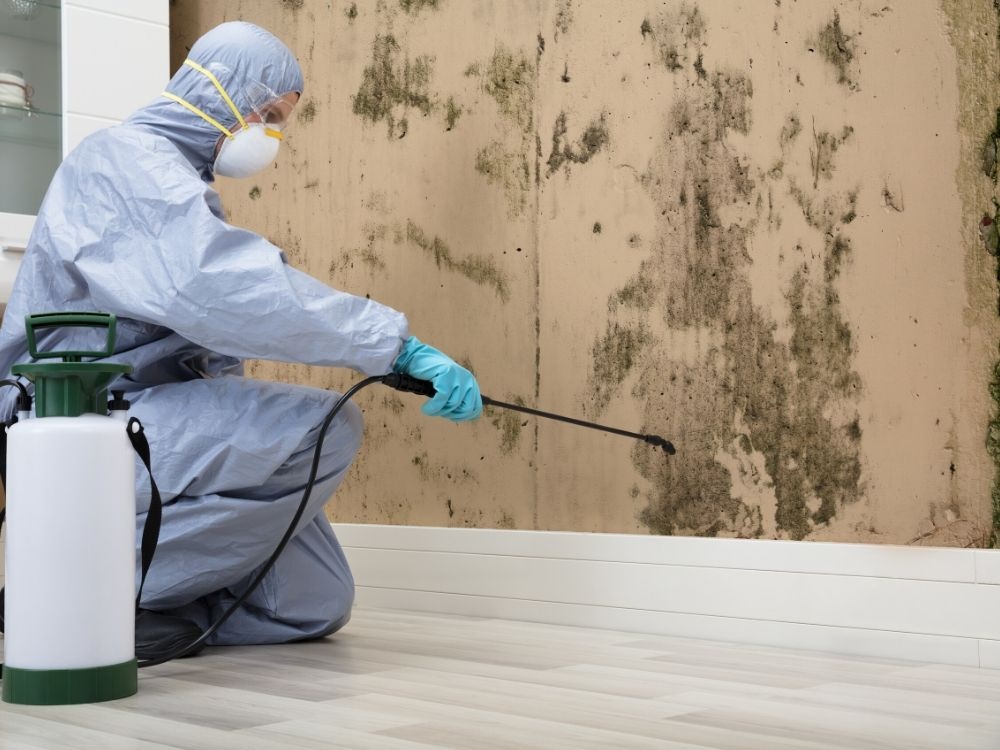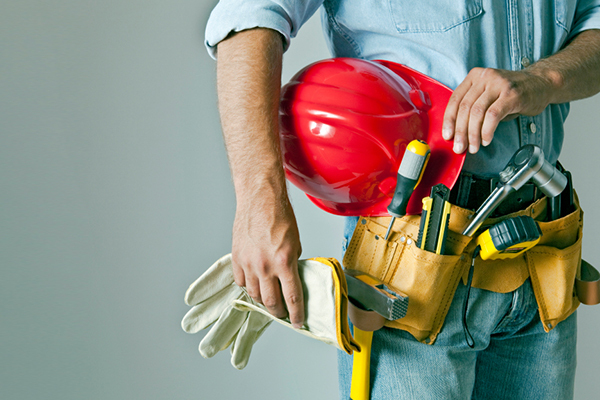Many people have realized that mold in areas that are crawling with mold. Many health conditions are associated with mold growing in areas where they spend a lot of time, like commercial institutions, schools, and homes. Commercial mold remediation in commercial buildings has become a great part of home and living and here is why. People allergic to mold are at the highest risk of being sick due to asthma attacks and other allergic reactions. There is no good mold, so you need to get rid of it as soon as you spot it.
Mold is caused by bad issues with water, so leaking plumbing, leaks on the roof from rain, combustion appliances that are not properly vented among others. Once mold finds its way onto areas like wood, carpets, and other surfaces, they cause rot, which deteriorates the state of working and living spaces.
Mold plays an integral role outside as they help in breaking down dead plant matter. Since their main job is breaking down plant matter, their growth in wet spots comes with a lot of deterioration in the form of rot. The main aspect of mold control is moisture. Areas with moisture like bathrooms, beneath leaking plumbing or sinks, and in basement walls are prone to mold infestation.
Commercial mold remediation for buildings begins with prevention. Fix leaks and maintain your plumbing to prevent wet spots from forming. Even in concrete, water still seeps in and creates humid spots that grow mold. Maintain a humidity level of 50% and below in indoor areas. Ensure that you regularly clean your air conditioning, vents, and drip pans to ensure they work efficiently. All wet spots on the floor should be cleaned and dried up within 48 hours to avoid it seeping into the foundation. Dry out your carpets once in a while in the sun and clean them to kill off any mold spores. This will avoid mold formation from incidents as small as spills.
As established, mold can cause sickness, so you will require the right personal protective equipment. You will need an N-95 respirator, gloves, and eye goggles. Do not touch mold spots without protection and avoid breathing it in or getting it into your eyes. They can get irritating.
As an owner of a commercial building, getting remediation of mold will require a few steps to ensure that safety is maintained. First of all, ensure that you carry out an evaluation of the area that requires remediation, the things it has infected, the extent of the damage and the estimated amount of time it will require to remediate.
You also need to confirm the number of health risks the occupants have been exposed and if medical experts should be involved. After the problem spot is identified, you need to set a date for the process and inform the occupants of the building so that they may be absent during the day of the cleaning exercise. Ensure that a team is selected for the job by either getting your own team or hiring professionals.
Also, acquire personal protective equipment and containment equipment. Clean out the mold by cleaning or removing the material that is affected. Throw away the affected material and dry out those that can be returned. After a while, confirm whether the mold is gone and if not, reevaluate the strategy and try again.
In order to avoid illnesses and lawsuits, commercial building owners need to maintain the spaces to keep off the mold. Communication with the people who live or work there will help you pick out issues so that they can be sorted out before they advance. Prevention keeps mold remediation for commercial buildings a manageable affair.










